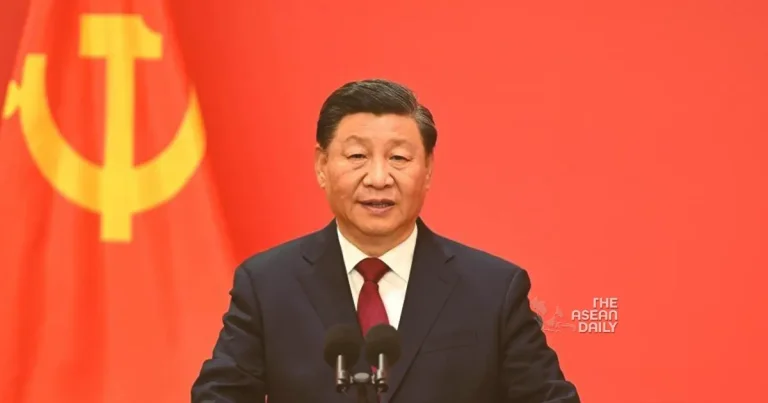12-12-2023 (HANOI) As geopolitical dynamics continue to unfold, China’s President Xi Jinping embarks on a significant two-day visit to Vietnam on December 12. This diplomatic mission comes on the heels of US President Joe Biden’s visit to Hanoi just three months ago, underscoring the intensifying competition for influence in Southeast Asia between these two global powers.
Marking President Xi’s first visit to Vietnam in six years, this carefully orchestrated trip has been in the works for months, with initial considerations even exploring the possibility of aligning it with President Biden’s visit. The aim is to bolster relations between the two Communist-led nations, despite their close economic ties, longstanding historical conflicts, and current disagreements over boundaries in the South China Sea.
Delays in the visit also stemmed from protracted negotiations over the wording of the countries’ enhanced bilateral relations. Beijing sought to frame it as a “common destiny,” a reference that Hanoi initially resisted but is expected to have ultimately accepted, according to officials and diplomats familiar with the discussions.
Beyond symbolic gestures aimed at positioning China-Vietnam ties above the US-Vietnam relationship, the visit is set to yield tangible outcomes. China’s ambassador to Vietnam, Xiong Bo, revealed that the trip would involve the signing of “dozens of cooperation documents,” as reported by Vietnamese state newspaper Tuoi Tre.
Anticipated agreements include Chinese investments to upgrade rail links connecting the two nations. While specifics regarding the volume of aid and terms of potential loans remain unclear, the projects align with the shared interest of both countries in enhancing transport connections. Chinese companies, seeking proximity to Western clients in Vietnam and mitigating risks from US-China trade tensions, have accelerated the relocation of operations to Vietnam.
The strengthened rail connections are not merely infrastructural enhancements; they signify an expansion of China’s Belt and Road Initiative (BRI) into Vietnam. This move aligns with Beijing’s strategic push to integrate Vietnam into its southern supply chain networks, facilitating the import of components from China for assembly in Vietnam.
Furthermore, China aims to extend its Digital Silk Road into Vietnam, potentially involving investments in undersea optical fibre cables, the 5G network, and other telecom infrastructure. While Vietnam has received BRI loans for projects such as the Hanoi metro, it has refrained from overtly labeling them as such, highlighting the sensitivity surrounding close ties with Beijing.
The agenda of the visit encompasses broader areas of collaboration, including easier trade and strengthened cooperation in renewable energy, rare earths, and tourism.




